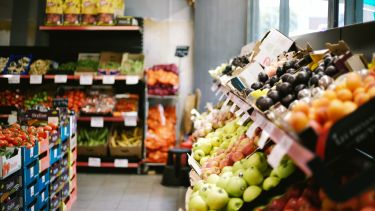Geography research projects
We're currently working on a number of funded research projects covering areas as diverse as air quality, climate-friendly diets, and sub-glacial lakes.
Is the Alternative City a Just City?
Geographies of Race, Class and Gender in Alternative Food Movements
Dr Ophélie Véron (lead), Dr Jenny Pickerill (research associate)
PALGLAC
Palaeoglaciological advances to understand Earth's ice sheets
Professor Chris Clark (lead)
Funded by ERC
Degassing at Basaltic Volcanoes: The Multiple Vent Problem
Dr Tom Pering (lead)
Funded by the Royal Society.
Research groups
Our interdisciplinary research groups address pressing global issues across human and physical geography, including climate change, social justice, public health, sustainable living and natural hazard forecasting.
Research institutes
Our research is strongly interdisciplinary, enabling scholars to address global challenges in an innovative and collaborative manner. Our academic and research staff contribute to four major research institutes.
Collaborations and partnerships
We are committed to producing outstanding research, and promote opportunities for collaboration at all levels, both within and outside of the school.




